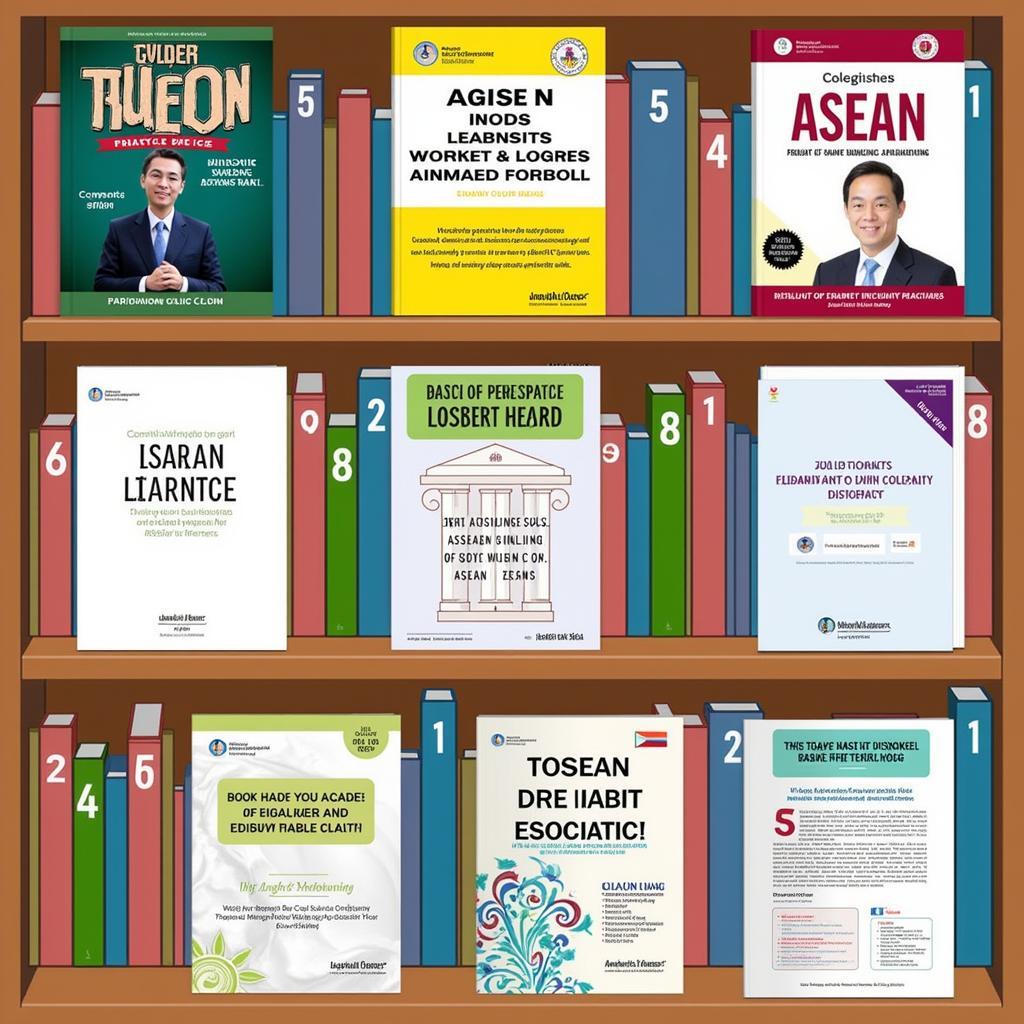ASEAN industrial holding reverse mergers offer a unique pathway for private companies in Southeast Asia to access public markets, presenting both opportunities and challenges within the dynamic ASEAN economic landscape. This strategy allows established businesses to bypass the traditional, often lengthy and complex, Initial Public Offering (IPO) process.
What is a Reverse Merger?
A reverse merger, also known as a reverse takeover (RTO), occurs when a private company acquires a publicly listed shell company. The private company effectively merges into the public entity, inheriting its listing status and gaining access to capital markets without the need for a conventional IPO. This process can be significantly faster and less expensive than a traditional IPO, making it an attractive option for certain companies.
ASEAN Industrial Holding Reverse Mergers: A Growing Trend
The ASEAN region, with its burgeoning economies and growing middle class, is witnessing increased interest in reverse mergers. For industrial holdings, particularly those seeking to expand rapidly or consolidate within the region, RTOs offer a compelling route to public listing.
Advantages of ASEAN Industrial Holding Reverse Mergers
- Faster Access to Capital Markets: Compared to the arduous IPO process, reverse mergers allow companies to become publicly traded much faster, providing quicker access to crucial funding for expansion and growth.
- Reduced Costs and Complexity: The streamlined process of a reverse merger often translates to lower underwriting fees and legal expenses, making it a more cost-effective option than a traditional IPO.
- Increased Visibility and Credibility: Being publicly listed enhances a company’s visibility and credibility, attracting potential investors, partners, and customers. This is particularly beneficial in the competitive ASEAN market.
- Acquisition Currency: Having publicly traded shares can provide a valuable currency for future acquisitions, enabling companies to expand their operations more easily.
Challenges of ASEAN Industrial Holding Reverse Mergers
- Due Diligence and Regulatory Scrutiny: While faster, reverse mergers still require thorough due diligence and adherence to regulatory requirements. Navigating the varied regulations across ASEAN nations can be complex.
- Shell Company Selection: Choosing the right shell company is crucial. Issues with the shell company’s history or financials can negatively impact the merged entity.
- Post-Merger Integration: Successfully integrating the private company’s operations with the publicly listed shell company requires careful planning and execution.
- Market Perception: Some investors may perceive companies that have gone public through a reverse merger as less credible than those that have completed a traditional IPO. This perception can impact stock valuation.
Is a Reverse Merger the Right Choice?
Whether an ASEAN industrial holding should pursue a reverse merger depends on various factors, including the company’s financial health, growth strategy, and risk tolerance. Consulting with experienced financial and legal advisors is essential to make an informed decision.
“Thorough due diligence is paramount in any reverse merger, but it’s particularly critical in the ASEAN context given the diverse regulatory landscape,” says Anya Sharma, Managing Director at Southeast Asia Investment Partners.
Future of Reverse Mergers in ASEAN
The ASEAN region’s dynamic economic growth and increasing integration are likely to fuel continued interest in reverse mergers. As more companies seek alternative routes to public markets, RTOs are expected to play a significant role in shaping the future of ASEAN industrial holdings.
Key Considerations for ASEAN Industrial Holdings
- Regulatory Compliance: Understand and comply with the specific listing requirements and regulations in the target ASEAN nation.
- Financial Transparency: Maintain transparent financial records and practices to build trust with investors and regulators.
- Long-Term Strategy: Align the reverse merger with the company’s long-term growth strategy and objectives.
“Reverse mergers, when executed strategically, can be a powerful tool for ASEAN industrial holdings seeking rapid growth and regional expansion,” adds Rajeev Kumar, Senior Partner at ASEAN Corporate Advisors.
Conclusion
ASEAN industrial holding reverse mergers offer a viable alternative to traditional IPOs, presenting both advantages and challenges. Careful planning, due diligence, and strategic alignment are crucial for success in this evolving landscape. Understanding the nuances of the ASEAN market and seeking expert advice are key to leveraging the potential of reverse mergers for sustainable growth.
FAQ
- What are the key benefits of a reverse merger?
- What are the risks associated with a reverse merger?
- How long does a reverse merger typically take?
- What are the regulatory requirements for a reverse merger in ASEAN?
- How do I choose the right shell company for a reverse merger?
- What is the difference between a reverse merger and a traditional IPO?
- How can I ensure a successful post-merger integration?
When you need support, please contact Phone Number: 0369020373, Email: [email protected] Or visit: Ngoc Lien Village, Hiep Hoa, Bac Giang, Vietnam. We have a 24/7 customer support team.

